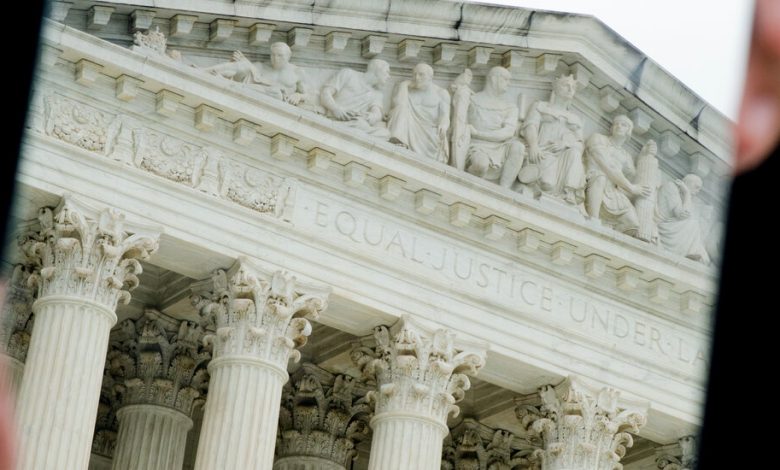The Supreme Court Thinks That by Arguing More, We Can Be Less Divided

With its decision in Loper Bright Enterprises v. Raimondo on Friday, the Supreme Court has put new limits on how government regulators can interpret the law.
The court’s decision will limit the power of federal agencies like the Environmental Protection Agency, the Federal Communications Commission and the Food and Drug Administration to interpret the laws they administer — as, for example, in the E.P.A.’s mandating reduced emissions from power plants on the basis of its own interpretation of the Clean Air Act.
This decision has set off alarms for some, but it actually points the way toward a role for the courts that is less divisive — because it pushes everyone in our system, including judges and Congress, toward their proper constitutional work.
By narrowing the so-called Chevron deference, the court has reasserted its authority over the meaning of vague legislation. Doing so may press Congress to make its law-writing more definitive and call on administrative agencies to apply substantive subject-matter expertise, rather than conjure the meanings of the laws they are meant to carry out.
The Loper Bright case highlights a broader pattern. It is just one of several high-profile disputes the court has taken up this term — others touch on social media, guns and more — and the results have often been met with outrage and harsh criticism of the court.
But it’s worth seeing that it is often the very fact that we turn to courts to resolve these disputes that ratchets up tensions in our society. That is why the court seems eager to recover the constitutional system’s balance of authorities, and to help relieve those tensions.